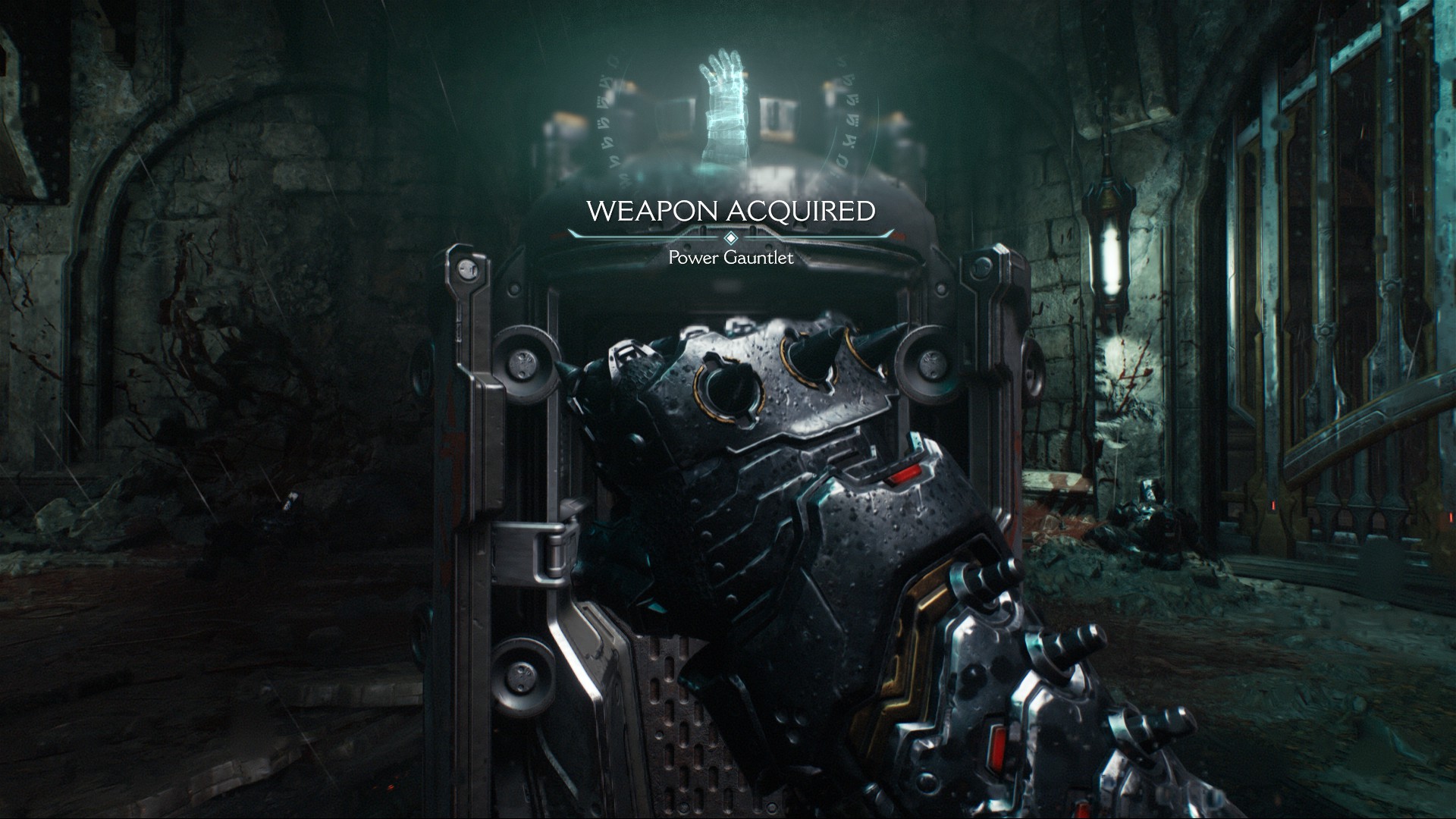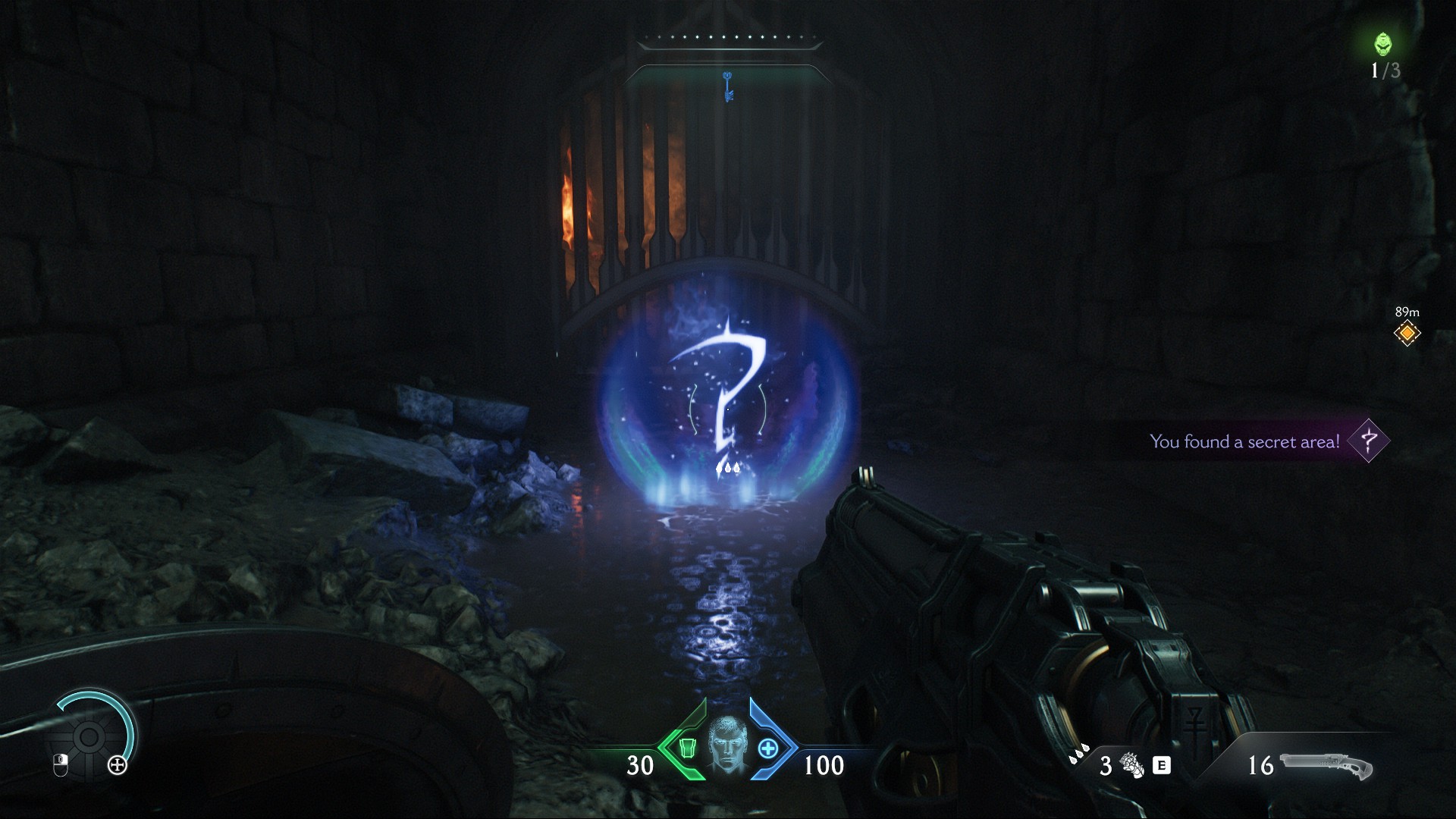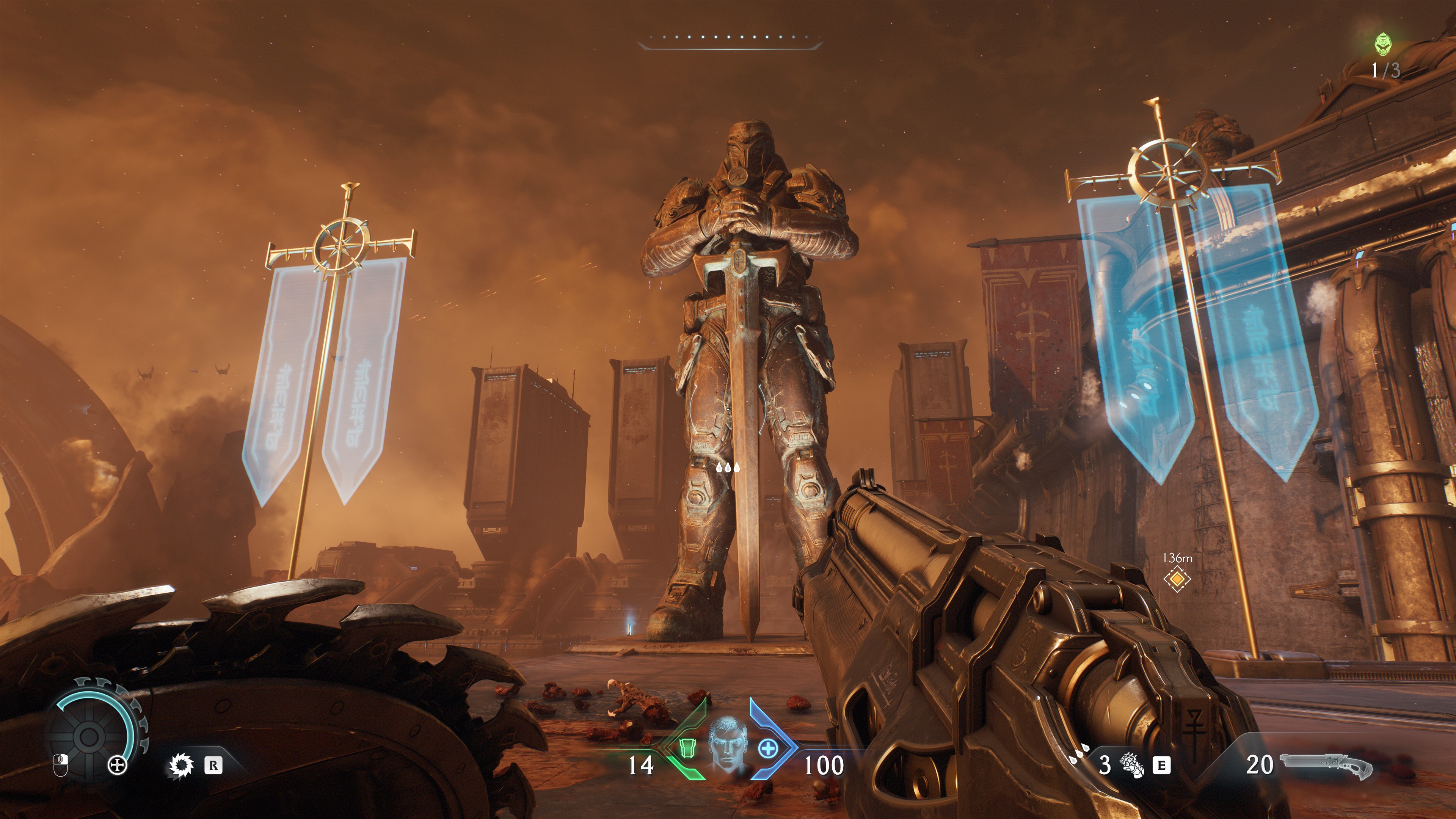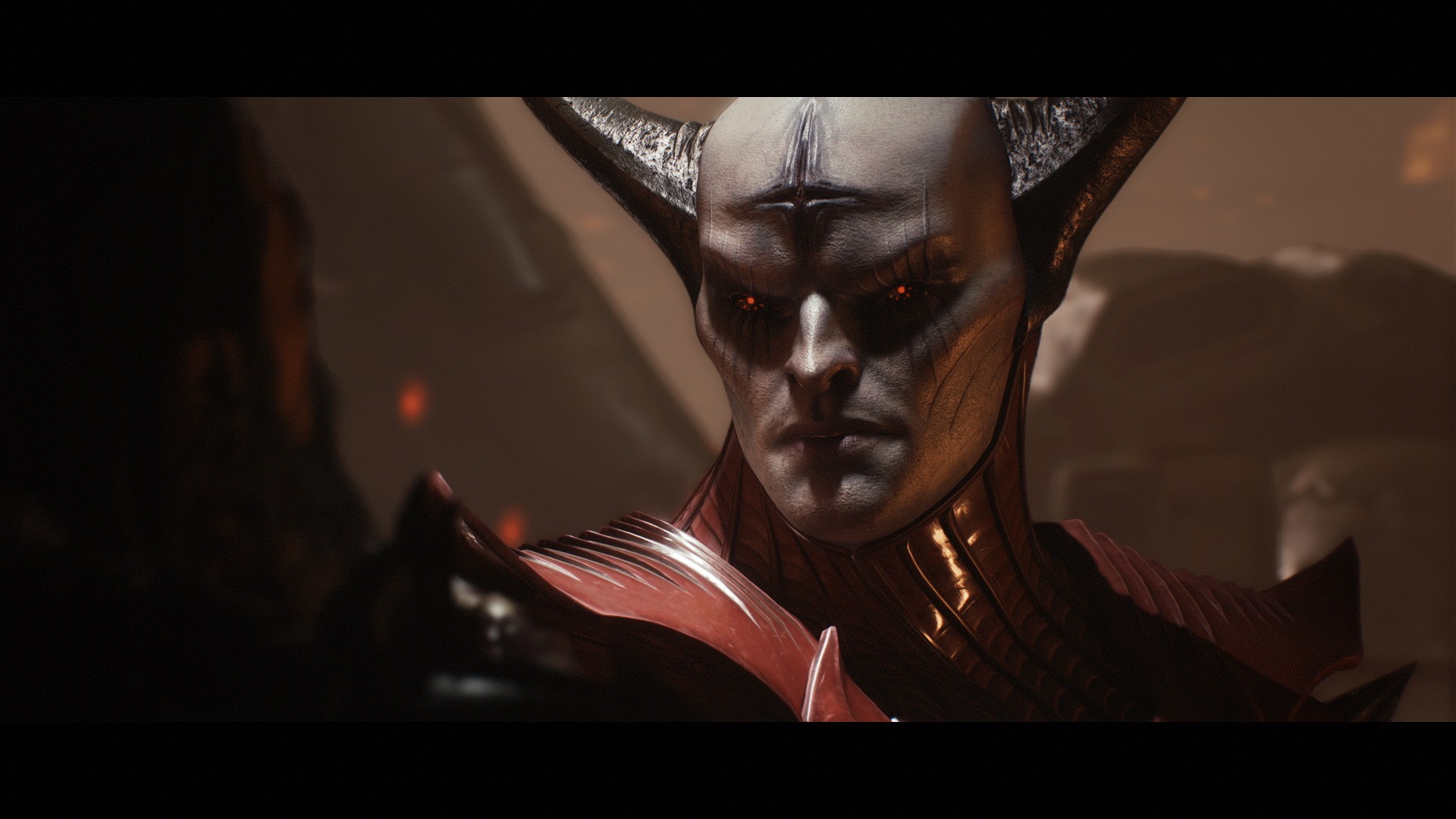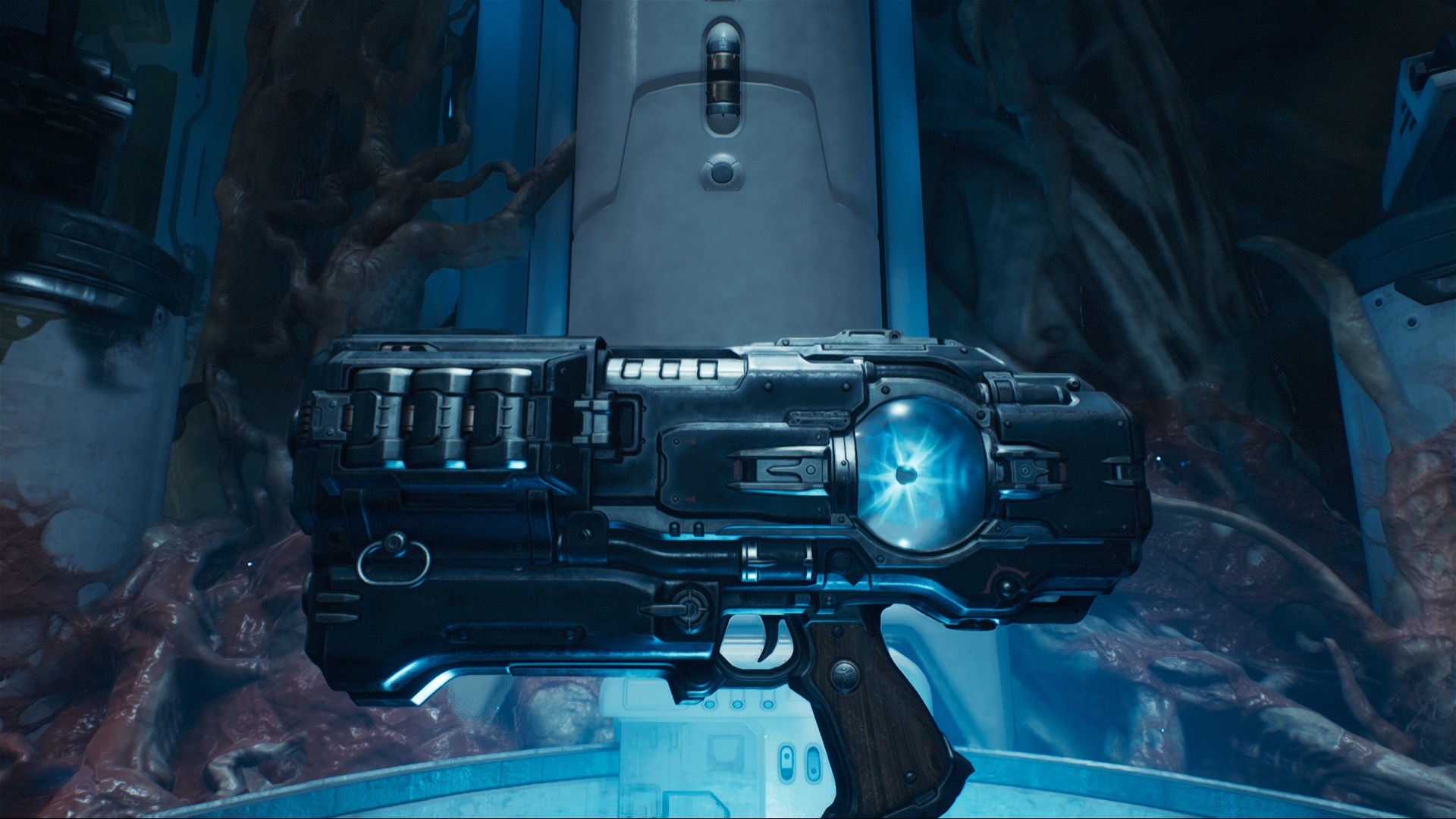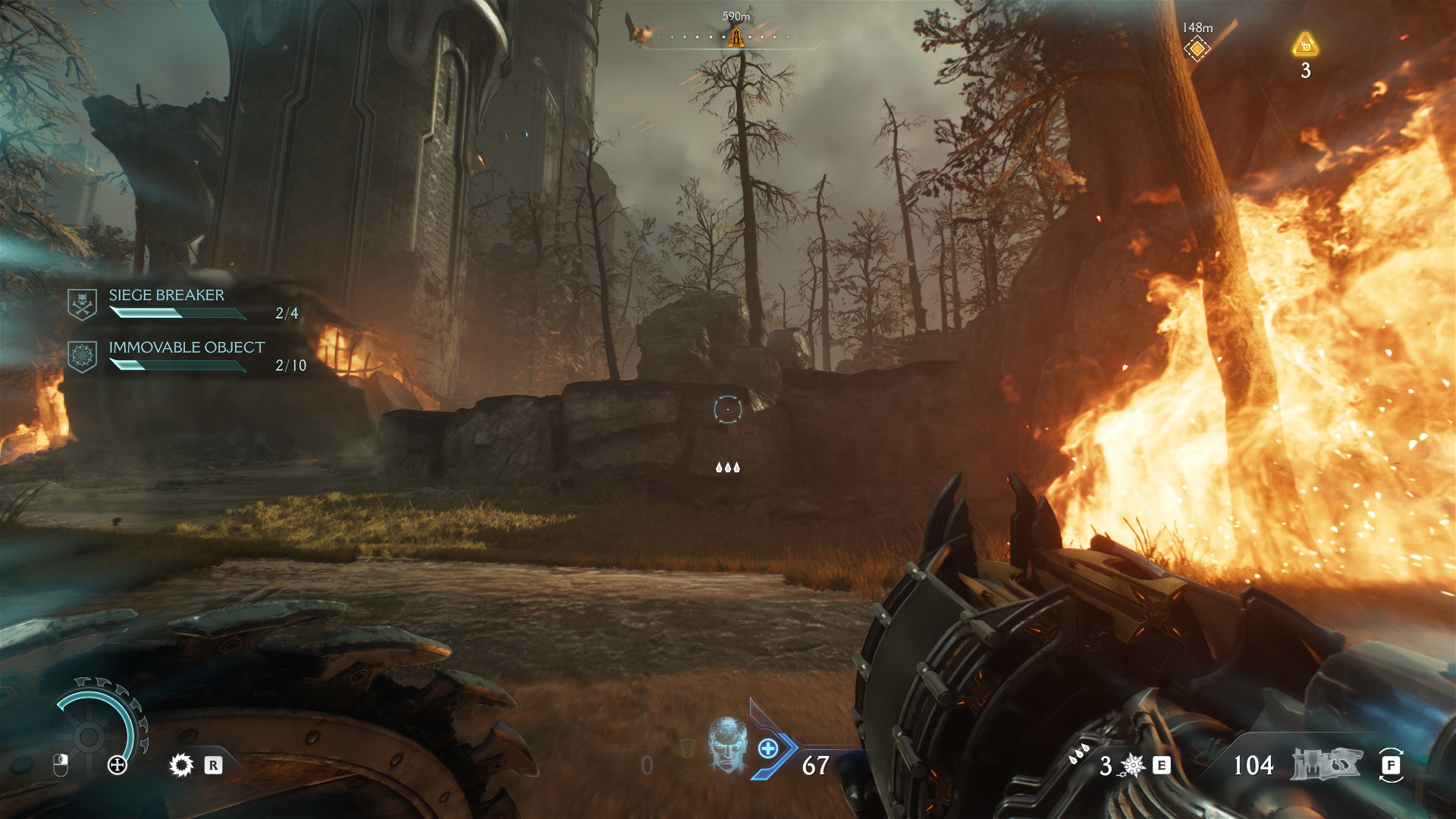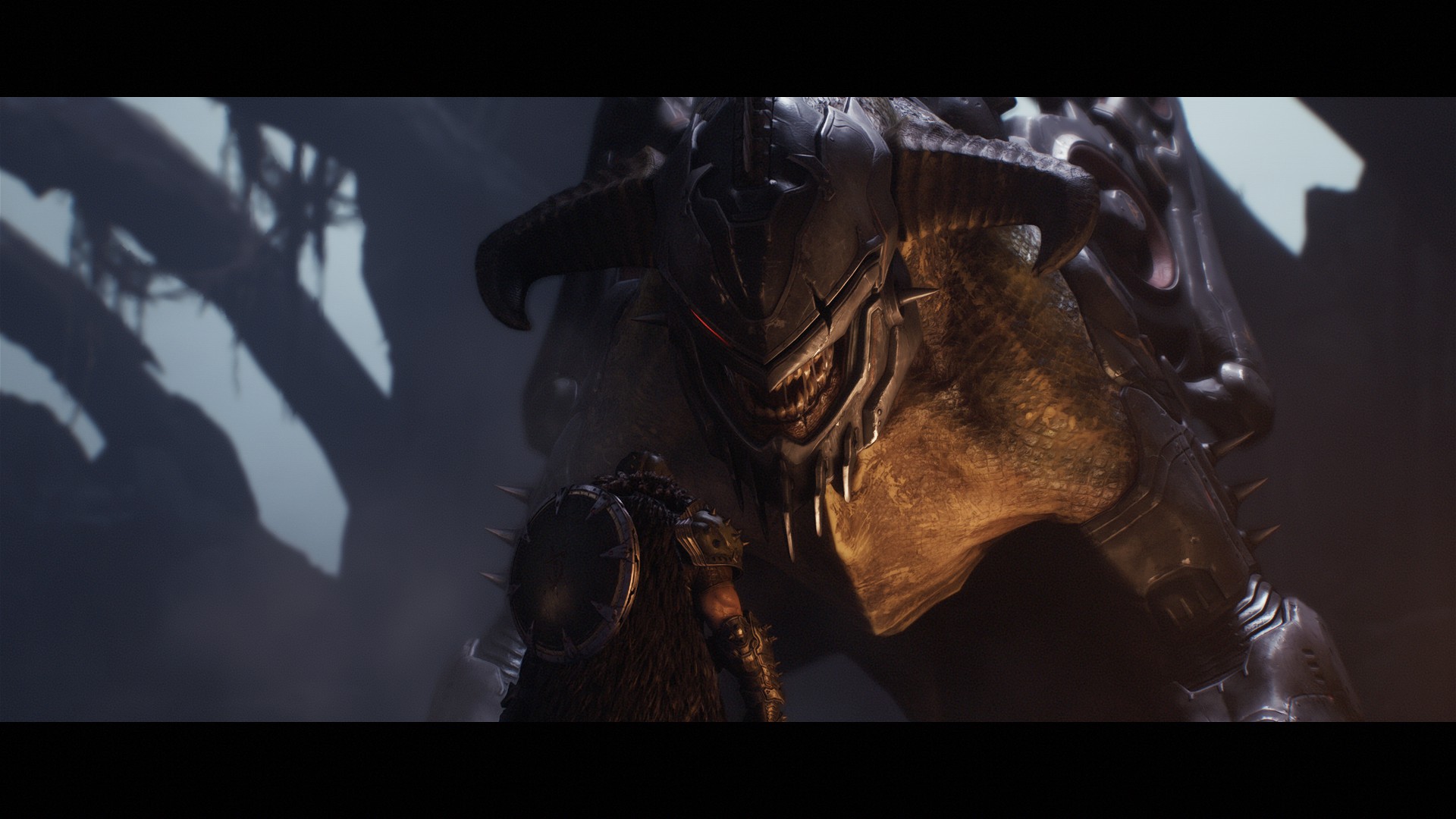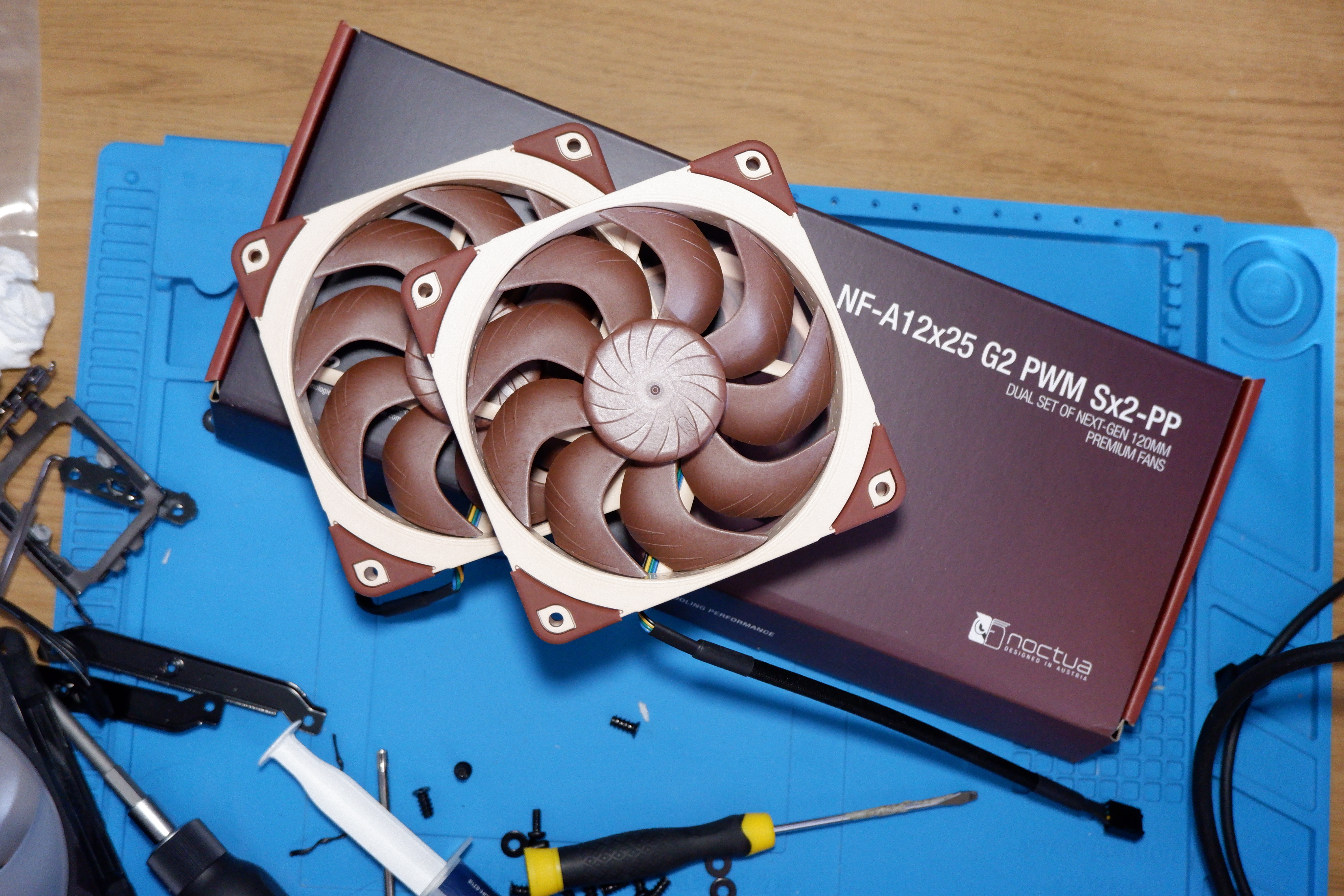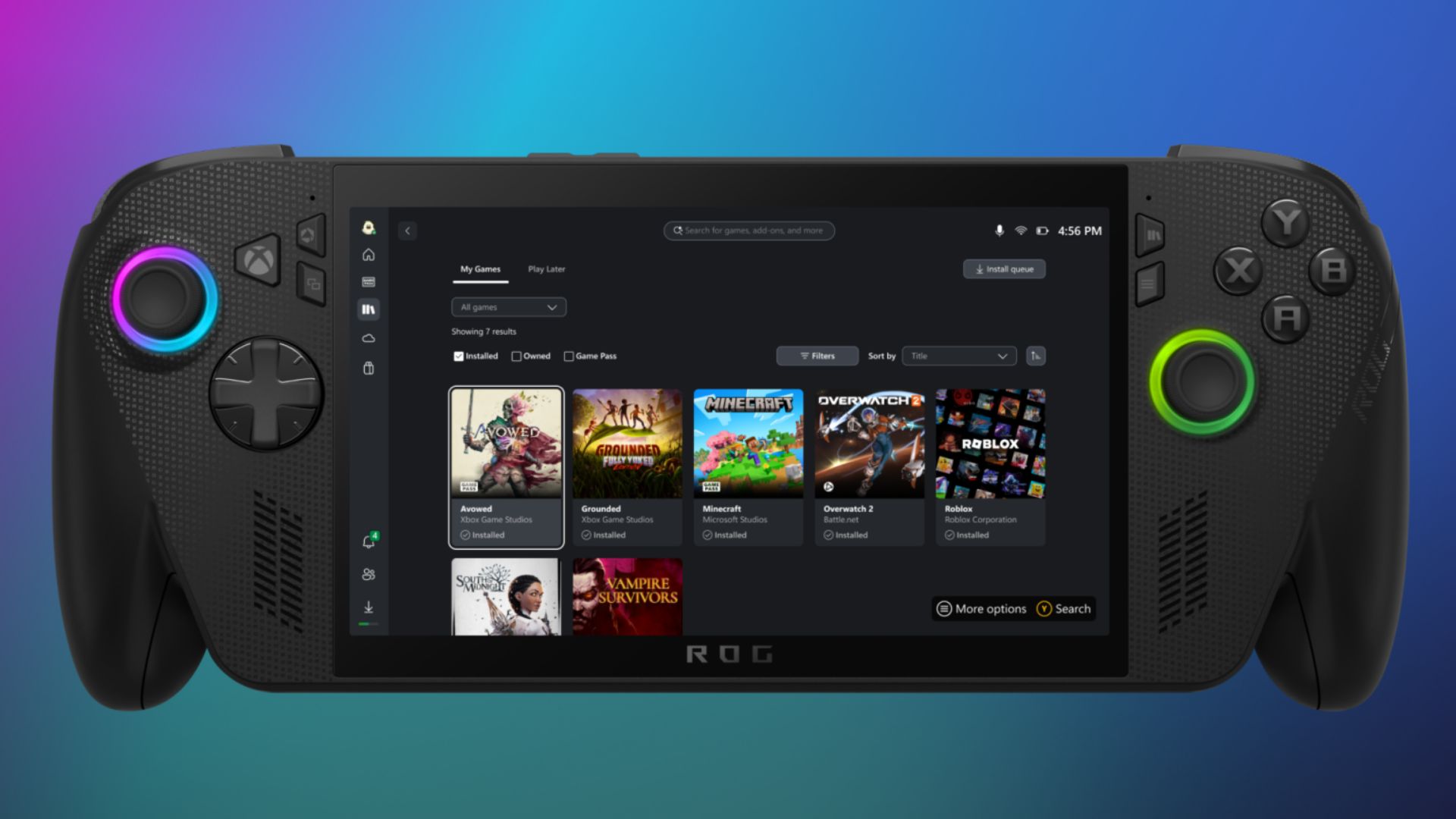
The Dark Ages is fun in different ways than its predecessors, but Doom has been better.
In a time when the FPS campaign is so vanishingly rare that the only helping of big-budget shooting we can rely on each year is from Call of Duty, it’d be easy for id Software to kick up its feet and decide “more Doom” is good enough. Honestly, it’d be good enough for me. But that’d be dereliction of id’s duty to the genre it created.
To id, a new Doom is an opportunity to demolish a perfectly good sand castle and start fresh. Doom: The Dark Ages is the trilogy’s sharpest zag yet—recasting the Slayer from a meaty fighter jet, ducking and dashing past the hordes of Hell, to a stalwart tank, smashing shield-first into the action.
What is it The latest FPS from the makers of Doom, Quake, and Wolfenstein.
Release Date May 15, 2025
Expect to Pay $70/£60
Developer id Software
Publisher Microsoft
Reviewed on RTX 2080 Super, Intel Core i9 9900KS, 32GB RAM
Multiplayer No
Steam Deck Untested
Link Official site
The transition is successful, but not without major sacrifice. This is Doom at its most indulgent and deliciously violent, but it’s also dumbed down and undeniably the easiest of the trilogy. Maps are uncharacteristically barren, secrets abnormally obvious, and puzzles so simple that they hardly fit the description. Viewed through the lens of loud feedback that insisted Doom Eternal was too complicated, The Dark Ages is an overcorrection.
Short leash
The Dark Ages turns back the clock to our favorite demon smasher’s salad days as a pawn of the Makyrs (those floating tentacle guys from the previous games) in a war against Hell. He’s the same Slayer as ever, still feral and focused in his distaste for demons, now sporting a tasteful beast pelt to let us know we’re in olden times. But in a decision that proves profoundly shortsighted, the Makyrs keep him locked up in a spaceship with a shock collar. You can imagine how that goes.
We got Sentinels, battle tanks, mechs, dragons, and a surprising density of cutscenes for Doom. This time, it’s not just detached robot voices telling the Slayer what to kill next. Instead, we see the main players in his orbit, King Novik of Argent D’Nur vs. Prince Ahzrak of Hell, facing off between bouts of bloodshed. Characters and plot have as much nuance as professional wrestling, setting the stage for the campaign’s next set piece—a grand siege, ancestral forge, the belly of a demon taller than a downtown highrise—without ever getting bogged down by proper nouns.
It’s appropriately uncomplicated. The Slayer’s otherworldly determination and general freakishness are amplified by his proximity to normal, communicative humans. They treat him like an unknowable demigod, inherently dangerous but effective when pointed in the direction of hellspawn. I loved the dynamic, partly because id is paying off years of mythbuilding, but also because this Slayer adopts the role of a deranged Master Chief, more or less following orders as long as he agrees with the mission.
Close guard
The Dark Age’s rebooted gun ballet revolves around the Shield Saw. Permanently bound to right-click, the shield blocks all damage from the front and sends green projectiles back to their senders. It’s a singular change that ripples through every facet of The Dark Ages, anchoring the Slayer to the ground in exchange for survivability.
Our Nick’s been running the rule over Doom: The Dark Ages’ PC performance for the past week or so, across a wide selection of systems; young and old, high-end and low, desktop and laptop. And it’s performing pretty well whatever rig you might have.
I cannot sing the praises of the Shield Saw loud enough: Shrugging off the blows of lesser demons and nailing the timing on parries is empowering from minute one, elevating Doom’s brutality and giving the player permission to run toward the biggest threats instead of playing keep-away. In fact, the only move resembling Eternal’s air dash is a shield dash that instantly closes the distance on large demons and obliterates fodder on contact. An early upgrade gives the shield its chainsaw teeth, turning it into a throwable that either stuns or slices straight through demons.
The shield slots into Doom’s deadly dance like it was always there. It’s elegant, useful, aggressive… and unfortunately also one-note. Once you can throw it around, the shield is done evolving, my tactics were locked in for the campaign’s duration.
Civilized age
What The Dark Ages gains with its shield, it loses with its guns. Relinquishing right-click to block means guns no longer have dedicated secondary fire modes—they’re still upgradable, but now focused on passive boosts to reload speed, fire rate, or damage. Besides a few bright spots, like a Shredder upgrade that let me shoot at my thrown shield to ricochet stakes toward surrounding enemies, my weapons never improved in ways that encouraged me to alter my game plan.
Bland guns are a symptom of The Dark Ages’ larger streamlining problems.
For example: I’d been glancing at this greyed-out screen of upgrades called Shield Runes for hours, anticipating some sort of blue Gravity Gun-level twist that’d take my shield antics to the next level. When I got my first Shield Rune halfway through the game, I was disappointed to find that they’re essentially gun upgrades for the shield—damage-dealing attacks automatically triggered by successful parries, and I could only have one equipped. Neat, but since they’re just something that happens when I parry an attack (something I was already doing whenever possible), it’s just more DPS on the pile.
What worked in hour one of The Dark Ages—spamming my shotguns, shield dashing away from danger, and deflecting anything colored green—worked in hour 17, and that’s a huge bummer.
As much as it pains me to admit, The Dark Ages’ thematic stand-ins for ballistic guns just aren’t as fun to shoot. The Ballista replacement launches stakes that hit hard but have an oddly short range, the Shredder is just a Heavy Cannon that sounds like a nail gun, and those guns that hurl bits of skull are all bark and no bite. The lone exception to this rule is the Chainshot—a monstrous back-half arrival that launches wrecking balls, caving in skulls before reeling back into the gun like a sinful yo-yo. Thankfully id didn’t mess with its two shotguns, the rocket launcher, or the plasma rifle, all of which sound and look better than ever.
Blunt trauma
Bland guns are a symptom of The Dark Ages’ larger streamlining problems. The role of any individual gun is murky at best because all demons are vulnerable to almost all weapons, and most don’t pose a significant threat. Every boss fight and high-tier enemy is designed around creating openings by parrying with the shield.
This is a quietly huge shift because in both previous Dooms of this series, enemies had clear-cut resistances and weaknesses that, here, are replaced by throwing the shield at armor to destroy it. The Slayer’s constant vulnerability previously meant his arsenal was his shield. It was about working quickly and efficiently to kill demons faster than they can kill you. It was crucial to survey the battlefield and make decisions about which weapons to conserve for tougher targets. The only way out was through. In The Dark Ages, the solution to every problem is in your left hand: Block it, shoot it, and you’re done.
It doesn’t help that ammo is completely irrelevant, too. In a truly baffling change, the chainsaw is gone, and now all you gotta do for endless piles of ammo is punch (E) the nearest grunt. Glory kills get a similar treatment: They’re mostly gone, with larger demons getting some gruesome new animations while the majority of executions settle for brief slo-mo punches that pop health items. Hear that? It’s the sound of Doom’s signature health/ammo/shield resource economy evaporating.
Flattened
The last two Dooms set the bar absurdly high, and being in their shadows still makes The Dark Ages one of the best singleplayer FPSes around.
I get the sense that The Dark Ages’ heavy mechanical pruning is in service of making it the most accessible, instantly enjoyable Doom for the most people. If that’s the case, then mission accomplished. It’s still Doom, so it’s still very fun. The last two set the bar absurdly high, and being in their shadows still makes The Dark Ages one of the best singleplayer FPSes around.
I suspect its throttled pace will make The Dark Ages the most comfortable of the series to play with a controller. Customizable difficulty will help, too: A long list of toggles and sliders let me tune everything from projectile speeds and parry windows to exact damage values. That’s a win for everybody.
I did have more fun after increasing enemy aggression, tightening the parry window, and experimenting with higher projectile speeds, but at some point, I had to accept I was fishing for complexity that wasn’t there.
The Dark Ages’ levels are especially simplistic next to the mazes and jungle gyms of the last two games. Presumably to accommodate all the slow-moving projectiles and the Slayer’s wimpy new jump, most maps are massive, flat, and devoid of hazards—like id took Doom 2016’s winding corridors and pressed them into a pancake. I like that they’re more friendly to backtracking than ever, with areas spoking off a central platform, but a few of the larger maps had me sprinting across empty deserts way too often.
Secrets are still scattered literally everywhere, but the majority of them are so obviously placed and announced by the map that I rarely felt like I was discovering something. It’s another area where Eternal had more to offer: Those ultra-hard, opt-in challenge rooms? Gone. Now puzzles just give you an extra life or more gold to buy upgrades. At least those platforming sections that a lot of folks hated (but I loved) demanded a quick reflex test to get to the side goodies.
I should mention the mech and dragon stuff that’s all over the trailers. They’re cool little moments of punching demons in a big robot and dogfighting with hellships sprinkled throughout the 22-level campaign, but they’re so brief, easy, and detached from the main action that they didn’t stick in my head. An unnecessary, but welcome change of scenery.
If it sounds like I’m just asking for Doom Eternal 2, I promise I’m not. The Dark Ages is fun in totally different ways than its predecessors, and I love that, but its peaks are lower. After rolling credits, I went back to Doom (2016) and Eternal to confirm the gut feeling. id has done a lot of subtraction with not a lot of addition, and I reckon this is the first Doom that I won’t replay. Doom is a series I associate with taking big swings, but The Dark Ages is safe.
